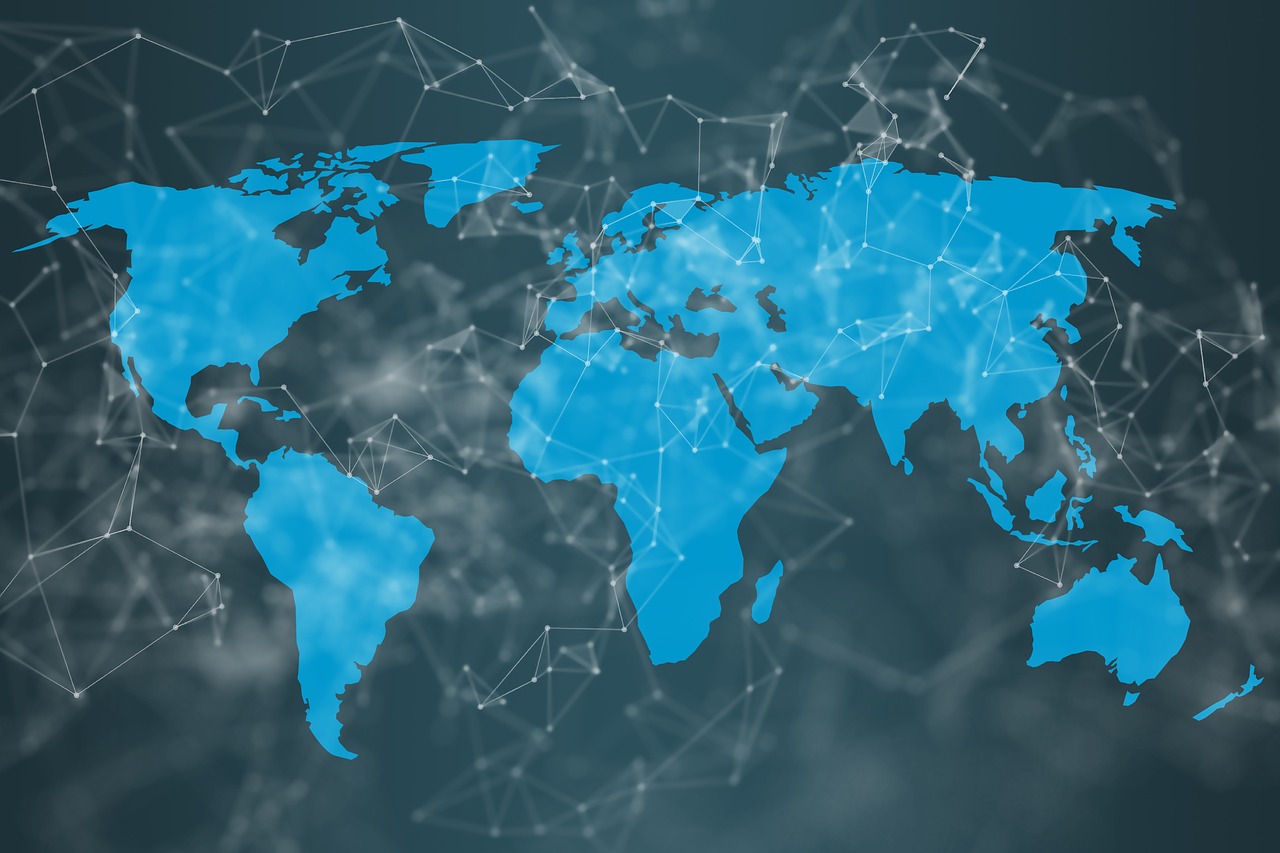How do you drive better supply chain operations? The answers lie within the digital supply chain. The potential of digital trends on the supply chain gets professionals excited but also heightens confusion. According to a 2017 Gartner survey of 318 supply chain organizations worldwide, 75% reported concerns about the governance of digital projects. Yet corporate digital business initiatives continue to evolve rapidly, and 36% of supply chain organizations say their own digital projects don’t align to them.
The key to overcoming traditional concerns that revolve around the digital supply chain lies in the following three areas: visibility, sustainability, and customer experience.
Visibility = “Connectedness”
Supply chain visibility is a highly buzzed-about topic among supply chain managers.
But have we seen any progress?
In terms of the digital supply chain, visibility and connectedness are synonymous. How many people are you connected to — in the digital sense? Are you collaborating at the strategic planning level? At the very least, you’re connected to suppliers, carriers, and assets.
When you’re connected to carriers, you have an opportunity to avoid disruptions and ensure timely deliveries. When you’re successfully connected to your plant machinery, you can more easily analyze machine health in real-time and predict machine failure in order to take the necessary steps to avoid detrimental situations.
Thanks to technology such as IoT, machine learning, and cloud-based solutions, more options aimed at getting tasks accomplished efficiently are available.
Sustainability
Consider sustainability with regard to your business and the environment. While many consumers and manufacturers are concerned about climate change and waste, it’s important to keep environmental sustainability at the forefront. However, consider sustainability in the business-sense: sustainable business growth.
How are these two forms of sustainability connected? When you’re managing environmental concerns by using fewer resources and producing less waste, you’re saving money.
In some cases, sustainability can be achieved by eliminating distribution points. For example, B2C companies can launch e-commerce stores and ship directly to consumers, in essence reducing transportation. Other ways companies are focusing on long-term growth and sustainability is via 3D printing technology, which allows for on-site production that is much closer to the end-user.
Other ways digital supply chains can enhance sustainability through technology:
- predictive maintenance to extend equipment lifetime
- IoT and machine learning for analyzing energy consumption
Customer Experiences
When organizations have a visible, connected, and sustainable supply chain, they are more equipped to drive better customer experiences. Visibility is a significant contributing factor in this sense. When there is a problem receiving a product, user experiences are tainted. If an organization does not possess the flexibility and visibility necessary to handle this issue, they are at a loss. If the company does not possess the visibility into new trends, it falls behind in producing products that meet the need.
When it comes to customer experience, trending now is that of integrated technology that furthers sustainability. For example, a delivery app, subscription service, or service model similar to that of leasing.

